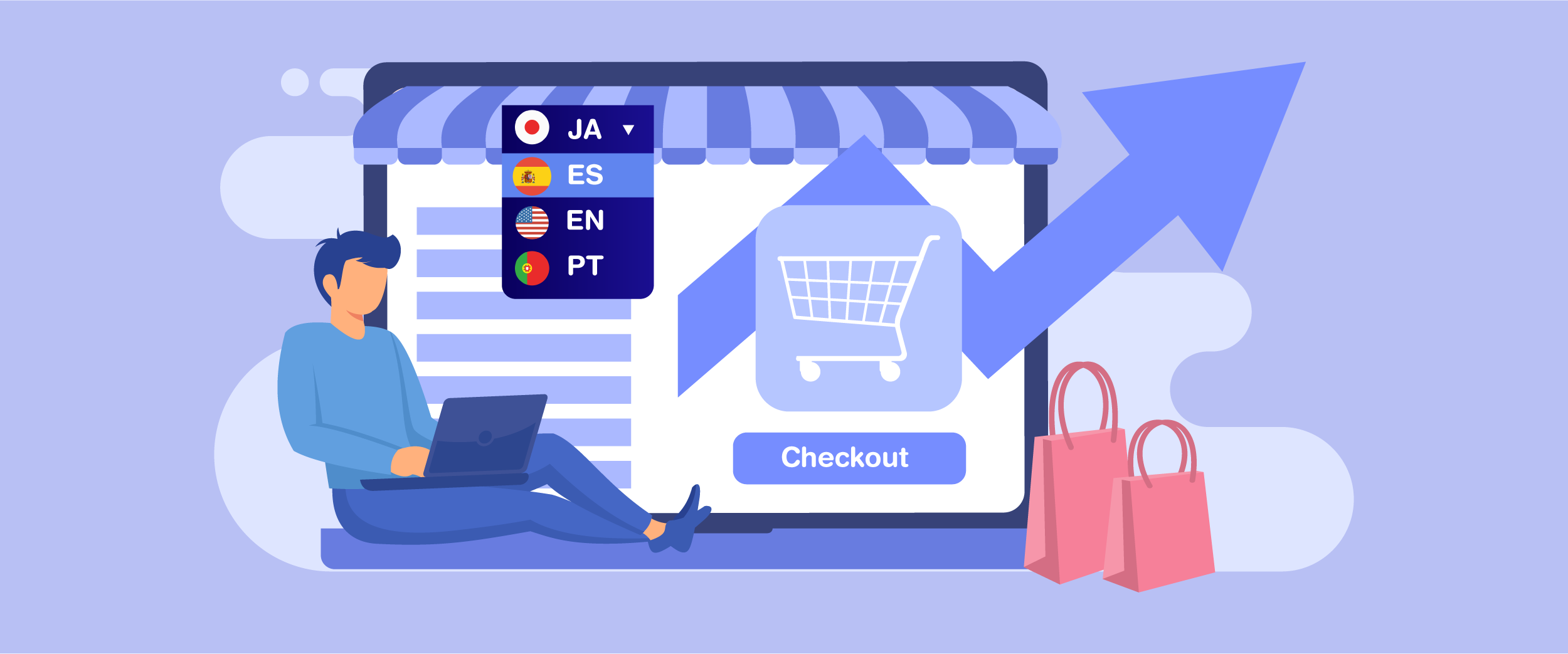Ecommerce multilingual checkout has become a decisive factor in winning global customers. As online shopping expands across borders, businesses face the challenge of delivering a seamless, localized e-commerce checkout experience that feels natural to users from different cultural and linguistic backgrounds.
This guide will walk you through proven strategies to optimize multilingual checkout processes and boost conversion rates. From understanding consumer psychology to implementing technical solutions and analyzing regional benchmarks, you’ll gain insights to turn your checkout page into a competitive advantage.
Why multilingual checkout matters for e-Commerce growth?

A well-optimized multilingual checkout, supported by an effectively translated e-commerce website, is more than just a convenience—it’s a growth engine for businesses targeting global markets. By removing language and currency barriers, you make it easier for international shoppers to confidently complete their purchases, directly impacting your market reach and conversion rates.
- Expanding international market reach: Supporting multiple languages and currencies allows your store to reach diverse regions and attract customers unfamiliar with checkout processes.
- Building trust across cultures: A localized checkout page shows customers you value their preferences, increasing trust and reducing hesitation during payment.
- Boosting conversion rates: When shoppers feel comfortable and informed in their language, they’re far less likely to abandon their carts, leading to higher sales.
- Enhancing brand reputation globally: A smooth multilingual checkout positions your brand as professional and customer-focused, encouraging positive word-of-mouth and repeat purchases across different markets.
Key statistics on multilingual checkout & conversion rates

A multilingual checkout is a powerful lever to boost conversions dramatically. Below are two core insights, comparing performance between multilingual vs. non-multilingual checkouts and showing how conversion rates vary across global regions.
Multilingual checkout has proven to deliver significant results for e-commerce businesses by reducing friction and increasing buyer confidence. Multiple studies show that even small steps toward localization can create measurable improvements in sales performance.
- Up to 70% increase in conversion rates for businesses that implement multilingual checkout, with some cases even doubling online sales when the shopping experience is presented in the customer’s native language.
- Average 13% conversion lift simply by adding accurate translations, proving that partial localization efforts can still produce strong results.
While multilingual checkout boosts overall sales performance, conversion rates still vary significantly across regions due to differences in market maturity, cultural preferences, and online shopping behaviors. Understanding these benchmarks helps businesses set realistic goals and tailor their localization strategies for each target market.
Region | Average Conversion Rate |
Global e-commerce average | 2.5% – 4% |
Americas | 3.33% |
EMEA (Europe, Middle East, Africa) | 3.14% |
APAC (Asia-Pacific) | 2.47% |
United States | 2.06% |
United Kingdom | 4.1% |
Europe overall | 2.58% |
The psychology behind multilingual checkout experiences

Understanding the psychology behind multilingual checkout is essential because customers’ decisions are influenced by price or product quality, and how comfortable and confident they feel during the final purchase stage. Language plays a big role in building that trust and reducing hesitation.
Familiarity and trust
When customers can view product details, shipping terms, and payment instructions in their native language, it fosters a sense of comfort and trust. For instance, a French customer shopping on an Italian fashion site may feel more confident when the checkout page, including currency and delivery options, is displayed entirely in French. This familiarity signals that the brand understands their needs and is safe to transact with.
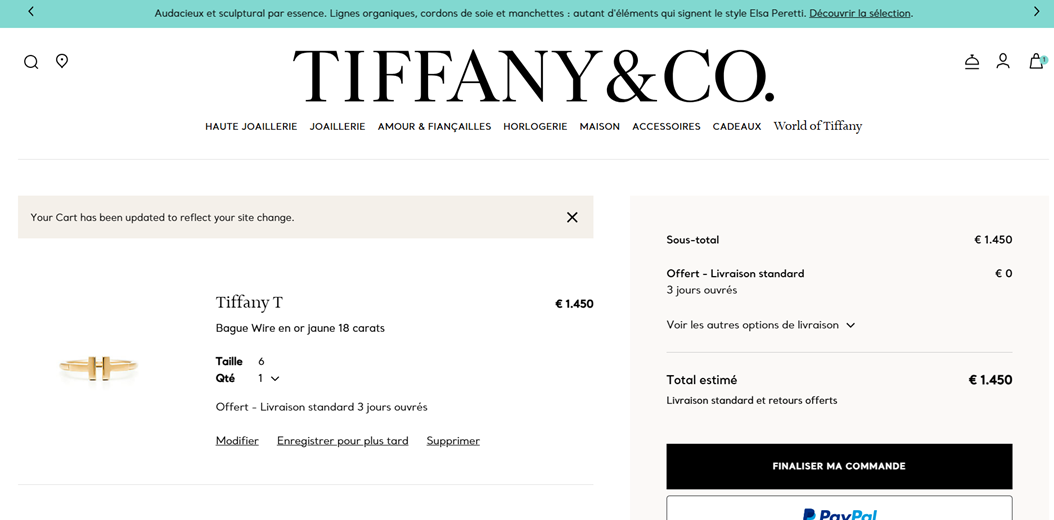
Reduced cognitive load
If the checkout process is in a language the customer doesn’t fully understand, they must mentally translate each step, slowing them down and increasing the chance of errors. Offering the process in their preferred language eliminates this burden. For example, a Japanese shopper in a global electronics store can complete a purchase faster when product specifications, warranty details, and payment forms are presented in Japanese.
Perceived personalization
The multilingual checkout process reflects the brand’s efforts to accommodate diverse cultural backgrounds, making customers feel valued and cared for. For example, a Brazilian customer shopping on a sportswear website who sees Brazilian Portuguese during checkout and Brazilian currency makes the experience feel tailored to them, increasing emotional connection and encouraging repeat purchases.
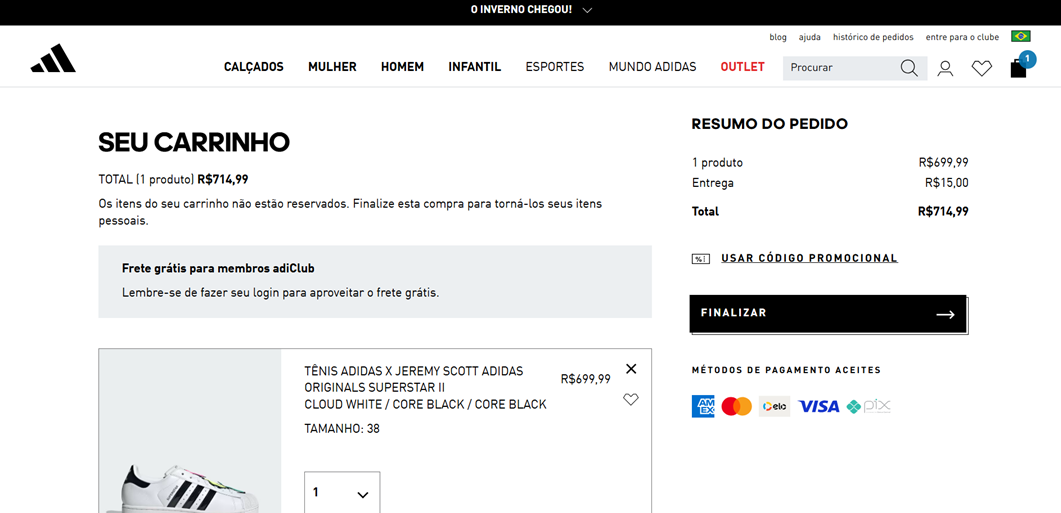
Lower purchase anxiety
Unfamiliar payment instructions or unclear return policies in a foreign language can cause uncertainty. By providing these details in the buyer’s native language, brands can alleviate concerns. For example, a customer from Spain purchasing luxury goods from another country will feel more secure if the return, shipping, or warranty terms are written in Spanish, as in the following example.
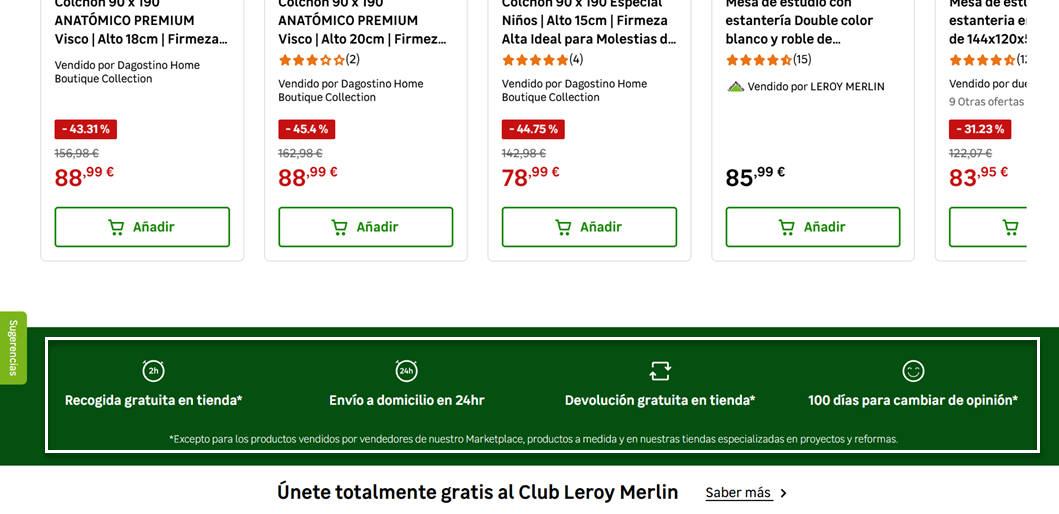
Core elements of multilingual checkout optimization

Optimizing a multilingual checkout experience requires more than just translating text. It involves creating a seamless, localized journey that builds trust and reduces friction for customers from different regions. Each element must be carefully adapted to meet international shoppers’ practical and cultural needs, ensuring that the process feels familiar, secure, and efficient no matter where the customer is.
Local language and currency support
Providing checkout options in the customer’s native language and local currency is fundamental to improving user comfort and trust. When customers see their preferred language, it reduces confusion, prevents misunderstandings about important purchase details, and makes the buying process feel more personalized. Similarly, showing prices in their local currency eliminates the need for manual conversions, which can cause hesitation or drop-offs.
In addition to improving clarity, local language and currency support directly impact conversion rates. Studies have shown that customers are more likely to complete a purchase when pricing and instructions are presented in a format they instantly recognize. This streamlines the decision-making process and conveys respect for the customer’s cultural and regional preferences.
Culturally adapted design
A culturally adapted interface ensures the design, layout, and imagery resonate with the target audience. This could mean adjusting color schemes to avoid unintended cultural meanings, modifying form layouts to match local reading patterns, or changing imagery to reflect familiar lifestyles and values. Small design changes can significantly impact how trustworthy and relatable a checkout page feels.
Beyond visuals, culturally adapted UX involves anticipating customer expectations based on local online shopping habits. For example, customers in certain countries may expect a guest checkout option, while others may be accustomed to creating an account before purchasing. By aligning the interface with these habits, businesses can reduce friction and improve the overall checkout experience.
Transparent shipping and tax information
Clarity in shipping costs, delivery timelines, and tax charges is essential in avoiding unpleasant surprises during checkout. Customers are more likely to abandon their carts when encountering unexpected fees at the final step, especially in cross-border transactions where duties and taxes may apply. Displaying this information upfront builds trust and helps customers make informed decisions before committing to payment.
Moreover, transparency in these areas signals professionalism and reliability. Customers are more willing to purchase When they feel confident that there are no hidden costs. This practice reduces cart abandonment and fosters long-term customer loyalty by establishing a foundation of honesty.
Local payment methods and security
Offering familiar payment options is crucial in gaining customer trust, as payment preferences vary widely by country. For example, while credit cards may dominate the U.S., many European countries prefer direct bank transfers, and some Asian markets rely heavily on mobile wallets. Including the most popular local methods ensures that customers can pay most comfortably.
Equally important is ensuring that security measures meet local standards and visibly reassure customers that their data is safe. This can be achieved through SSL certificates, trusted payment gateways, and recognizable security badges. A secure and familiar payment environment reduces hesitation and increases the likelihood of a completed transaction.
Technical implementation strategies for multilingual checkout

Optimizing a multilingual checkout experience goes beyond translation, it requires technical precision to ensure that every element of the purchasing process feels local, fast, and trustworthy. Implementing the right strategies can help maintain consistency across languages, currencies, and regions while delivering a seamless user experience. These methods also ensure your checkout is functional and optimized for conversions in different markets.
Integrating multilingual platforms and plugins
The foundation of a multilingual checkout lies in the right platform or plugin that supports content translation and localized checkout workflows. Tools like Linguise automatically translate much of the translation while giving you control over specific terms, shipping policies, and payment gateways. This ensures that customers see relevant product information and checkout instructions in their native language without inconsistencies.
Proper integration also involves syncing these tools with your multilingual e-commerce backend to ensure that inventory, orders, and shipping details remain accurate across different language versions. This prevents common issues such as mismatched product descriptions or unavailable payment methods that can frustrate international customers.
Real-time currency conversion
Displaying prices in the customer’s local currency reduces friction during checkout. A real-time currency converter ensures that the amount updates dynamically based on live exchange rates, providing transparency and avoiding last-minute surprises that lead to cart abandonment. This is particularly important for businesses with fluctuating exchange rates or those selling in multiple high-volume markets.
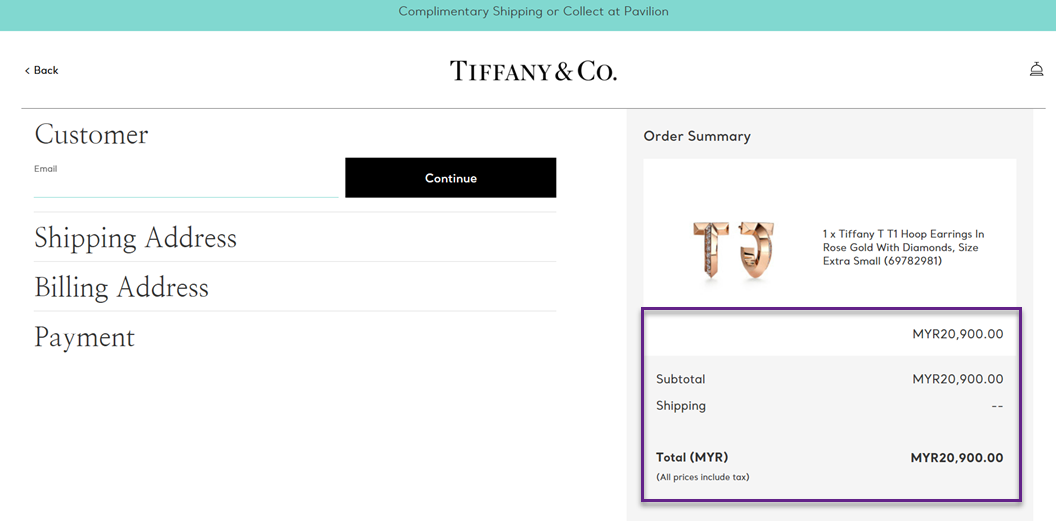
In addition to price conversion, consider integrating automatic currency detection based on the user’s IP or browser settings. This will create a more personalized experience and save users the hassle of manually selecting their currency, making the path to purchase smoother and faster.
Configuring multi-region shipping rules
International customers expect clear and accurate shipping information before finalizing a purchase. Configuring region-specific shipping rules allows you to display correct delivery times, costs, and available shipping methods for each market. This prevents confusion and avoids the disappointment of discovering hidden fees after checkout.
Advanced shipping plugins or APIs can help automate this process by automatically detecting the customer’s location and applying the correct rules. Pairing this with clear, localized delivery terms ensures customers trust your service, even for cross-border purchases.
Testing for each languages
Testing ensures that every language version of your checkout process works flawlessly. This includes verifying translations, ensuring payment methods function properly, and confirming that no broken layouts occur due to text length differences across languages. A testing process should involve testers from each target market to catch cultural nuances and potential usability issues.
Continuous monitoring is also key, updates to your e-commerce platform, plugins, or payment gateways can introduce new errors in localized checkouts. Regularly reviewing the experience in every language and region safeguards your conversion rates from technical mishaps.
Optimizing mobile performance for global users
Since mobile commerce dominates many markets, optimizing your multilingual checkout for mobile is critical. This means ensuring fast load times, touch-friendly buttons, and mobile-specific payment integrations like Apple Pay, Google Pay, or local e-wallets.
Mobile optimization is also closely tied to language and currency detection. If your site can automatically display the right language, currency, and payment methods on mobile devices, you will greatly reduce drop-offs during the final purchasing step.
While technical strategies form the base, each industry has unique needs. The table below outlines tailored approaches to optimize multilingual checkout for different sectors.
Industry | Optimization Approach |
Fashion & Apparel | To boost buyer confidence, offer size charts adapted to local measurement systems (e.g., US, EU, Asia) and display return policies in the customer’s native language. |
Electronics & Gadgets | Provide localized tech specifications (e.g., voltage compatibility, warranty terms) and ensure the region’s checkout displays relevant accessories or bundles. |
Health & Beauty | Use ingredient lists in the local language, highlight region-specific certifications, and ensure compliance with local regulations for cosmetics or supplements. |
Digital Products & Services | Offer multi-currency subscription pricing, ensure license keys or download links are sent in the customer’s preferred language, and adapt payment options for local digital service norms. |
Common pitfalls & solutions of multilingual checkout

Even with a well-planned multilingual checkout, certain mistakes can harm conversions and frustrate users. Understanding these pitfalls and how to avoid them can ensure a smoother shopping experience for international customers.
Inconsistent language across checkout steps
One of the most common problems is when only part of the checkout process is translated. For example, the product page is already in French, but the payment instructions are still in English. This causes confusion and reduces trust.
The solution is to ensure consistency in translation from start to finish, from the shopping cart to the confirmation page. Many multilingual translation solutions can help maintain consistency by automatically detecting untranslated content and updating it in real time. Linguise offers full support for checkout translation across various e-commerce platforms, such as Shopify, WooCommerce, and PrestaShop checkout. All processes, including dynamic fields and platform-specific elements, can be fully translated. With consistent feature updates and tested integrations, Linguise ensures a smooth and fully localized checkout experience for every customer.
Incorrect currency or missing conversion rates
Showing prices in the wrong currency, or failing to update exchange rates, can lead to cart abandonment. Imagine a shopper in Japan seeing prices in USD without any conversion; it adds unnecessary friction.
Implement real-time currency conversion tools that adapt to the user’s location and regularly update rates. Platforms like Shopify Markets or WooCommerce Currency Switcher make it possible to display accurate local prices instantly.
Complex or inflexible shipping options
Overly complicated shipping forms can deter buyers, especially when they ask for irrelevant details. For example, asking for a “State/Province” field in countries without such divisions can be confusing.
Configure region-specific shipping rules that adapt to local address formats to fix this. Many e-commerce platforms allow conditional field display, ensuring customers only see relevant options for their country.
Inconsistent tax and duty calculations
Tax and duty rules can vary significantly when selling to customers in different countries. If these costs aren’t displayed accurately during checkout, customers may abandon their purchase upon seeing unexpected charges later. For example, a shopper in Canada might be surprised by additional import duties at delivery if the checkout didn’t provide an estimate upfront.
To prevent this, integrate your store with tax automation services that support multiple regions and currencies. These tools can calculate VAT, GST, and customs duties in real time, ensuring transparency. Offering an option to prepay duties at checkout enhances trust and reduces the risk of disputes or returns.
Conclusion
E-commerce multilingual checkout optimization is a proven way to boost conversion rates by removing language, currency, and cultural barriers during purchasing. By offering localized experiences that include familiar payment options, transparent shipping details, and culturally adapted designs, businesses can create a checkout journey that feels natural to customers across the globe. This increases trust and shortens decision-making, leading to higher sales and stronger customer loyalty.
As global competition intensifies, the winning brands will deliver a localized and seamless checkout experience. Implementing the strategies outlined in this guide and the right technology can transform your checkout into a growth engine. Start optimizing with tools like Linguise, which provides fast, accurate, and SEO-friendly translations to help you reach more markets and convert customers.

